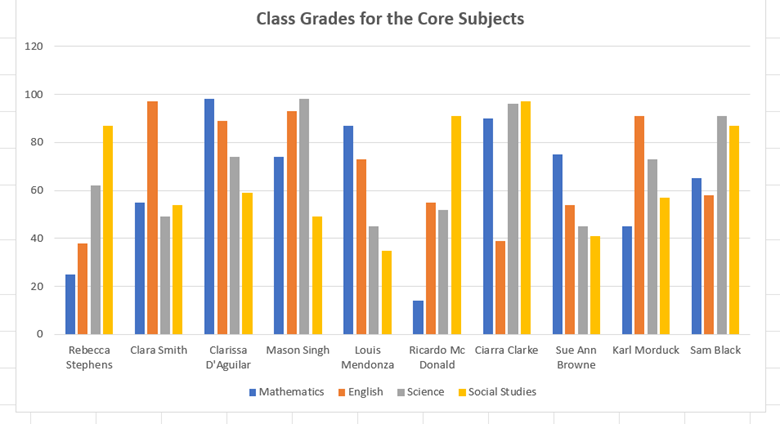Last updated on January 5th, 2025 at 01:38 am

Can we distinguish between data and information? Is there a difference between these two terms? In life, these two terms are often used interchangeably. However, they are not the same.
With the development of computers, data processing has become decidedly linked to information technology. In this article, we will explore the following:
- The definition of data;
- The definition of information;
- Data vs. information; and
- Sources of data and information.
In business, it is crucial that we verify and validate our data. Visit data validation and verification to learn what data validation and verification are and how they differ. Additionally, if you find those interesting you may also explore types of validation checks and stages in the verification process.
What is data?
Data is unprocessed facts. It is information that has been collected through research, observation, or a survey and is represented by texts, numbers, names, or characters. Data may be used for calculations, graphing, etc. An example of data may be the heights or the scores of all of the students in a class. The number of each type of fruit sold on a commercial farm on a weekly basis is also data.
What is information?
Information is data that is represented in such a way that it has meaning. We are able to understand and draw conclusions when data is processed.
Much goes into the way information is displayed and accessed on the internet. To learn what terms such as World Wide Web, HTTP, HTML, and URL mean and how they interrelate, visit our article on web technology concepts.
Distinguish between data and information
By now, you should be able to distinguish between data and information. However, in the interest of clarity, let’s look at an example of data. The table below represents the scores of ten students in a class. This is data.
| Students | Mathematics | English | Science | Social Studies |
|---|---|---|---|---|
| Rebecca Stephens | 25 | 38 | 62 | 87 |
| Clara Smith | 55 | 97 | 49 | 54 |
| Clarissa D’Aguilar | 98 | 89 | 74 | 59 |
| Mason Singh | 74 | 93 | 98 | 49 |
| Louis Mendonza | 87 | 73 | 45 | 35 |
| Ricardo Mc Donald | 14 | 55 | 52 | 91 |
| Ciarra Clarke | 90 | 39 | 96 | 97 |
| Sue Ann Browne | 75 | 54 | 45 | 41 |
| Karl Morduck | 45 | 91 | 73 | 57 |
| Sam Black | 65 | 58 | 91 | 87 |
Now, what if we were to convert this data into a chart like the one below? This is a typical example of data processing. We can create graphs and analyze data easily in spreadsheets.

We can look at the graph above and draw some conclusions. Those conclusions are called information. For instance, we can see that Ricardo McDonald has the lowest Mathematics score in the class. On the other hand, Clarissa D’Aguilar has the highest. This is information. We can also tell from the chart that only 2 students failed English while 8 passed.
This table is an example of processed data. We are now able to draw conclusions from the data; therefore, these conclusions are called information.
Sources of Data and Information
There are two different sources of data: internal and external sources. When data is collected within an organization, the source is referred to as the internal source. On the other hand, when we collect information from outside the organization, we refer to the source as external.
For instance, if an organization wishes to figure out the products in the highest demand, it would track the sales data of the company for a period. On the other hand, if that same organization wishes to collect data on what their competitor is doing, the source of this information is called an external source.
Data can be collected from people (for example, with the use of surveys), tools such as Google search console, or even by means of observation.
Information comes in different forms. Read the types of documents to learn more.
 Skip to content
Skip to content